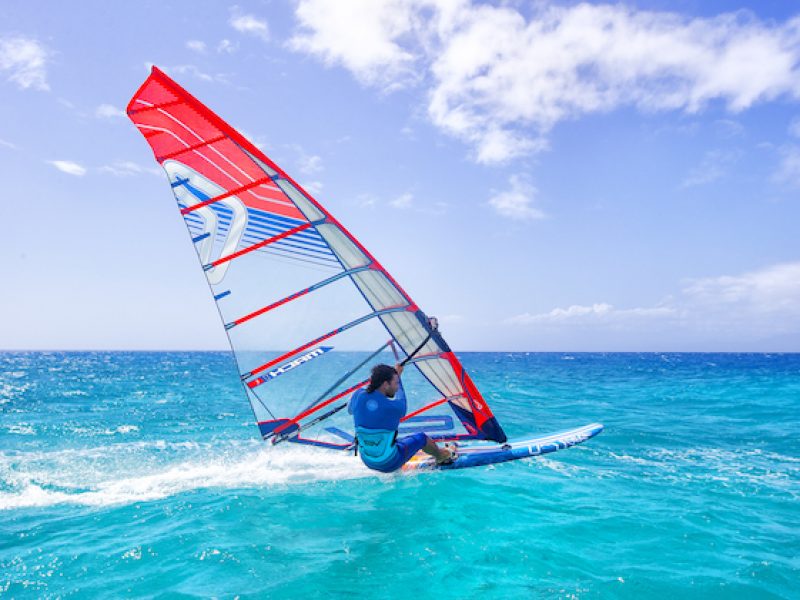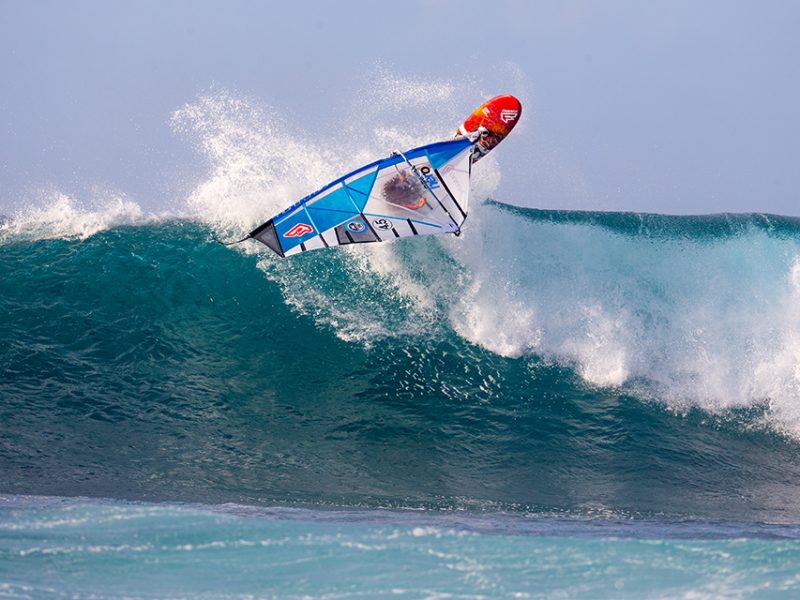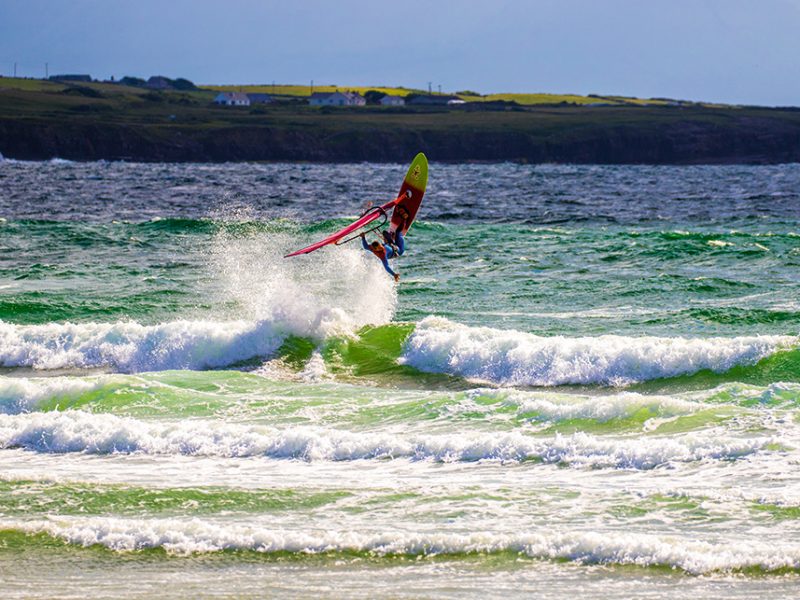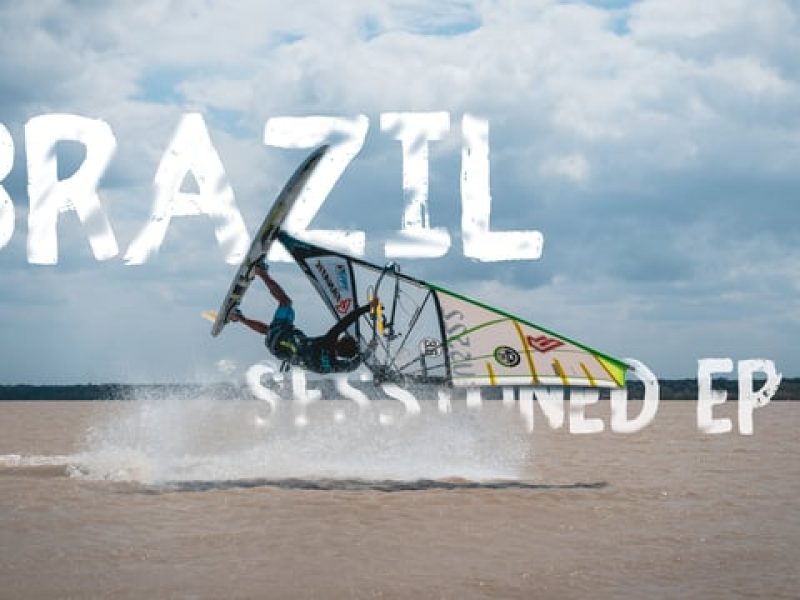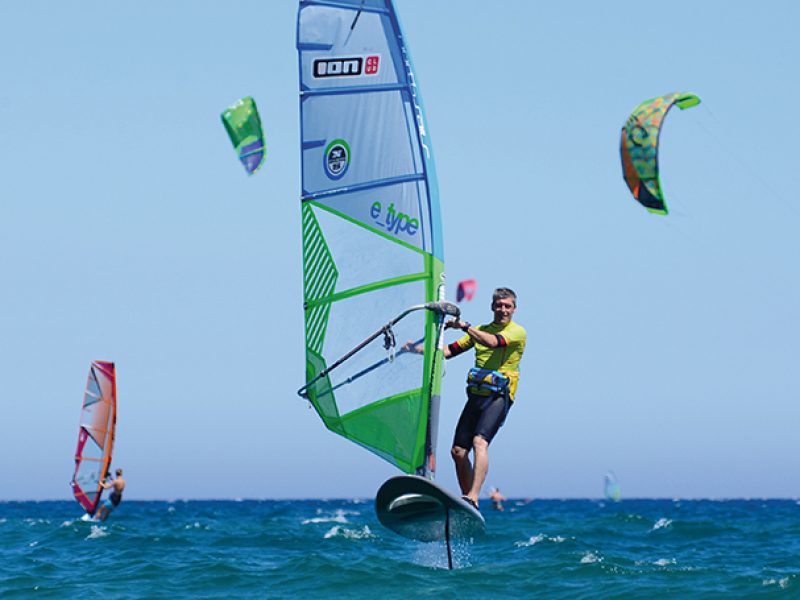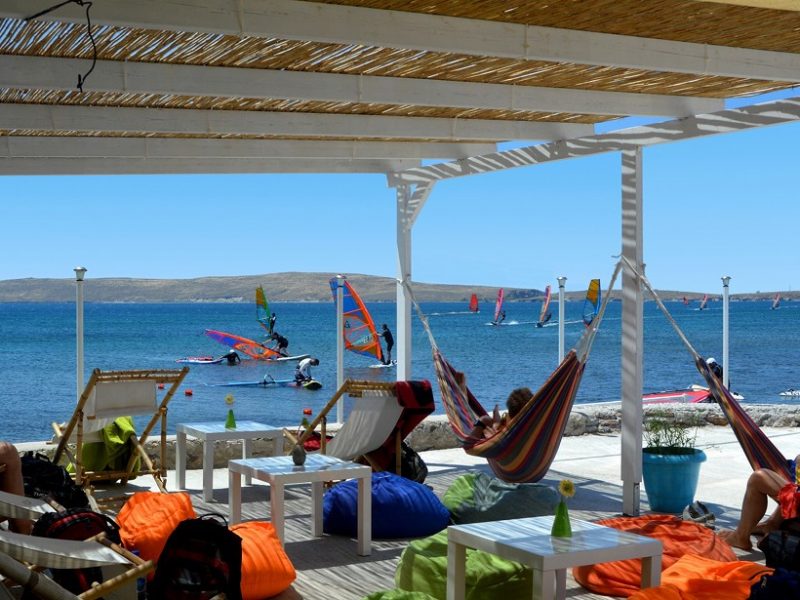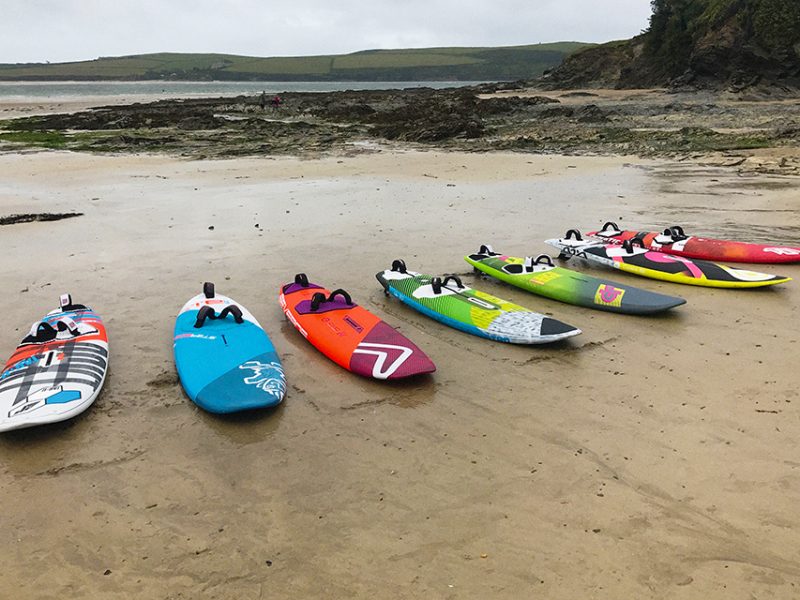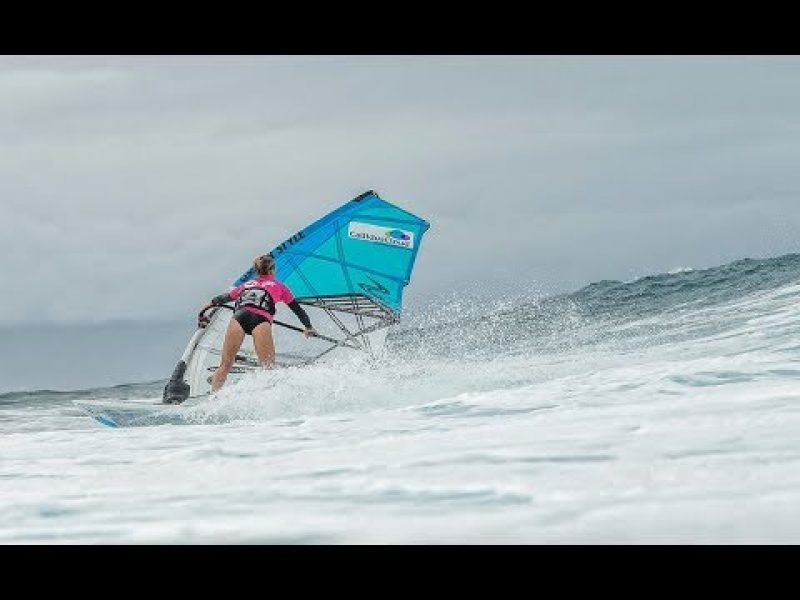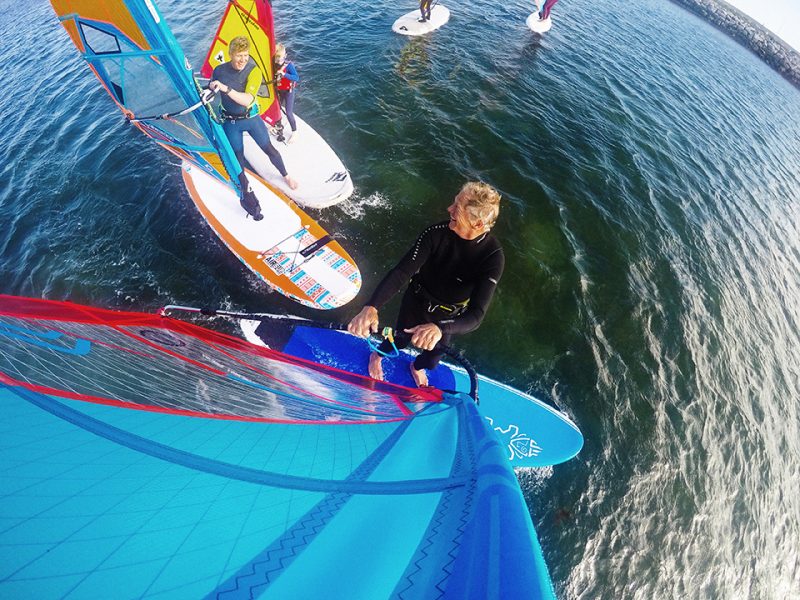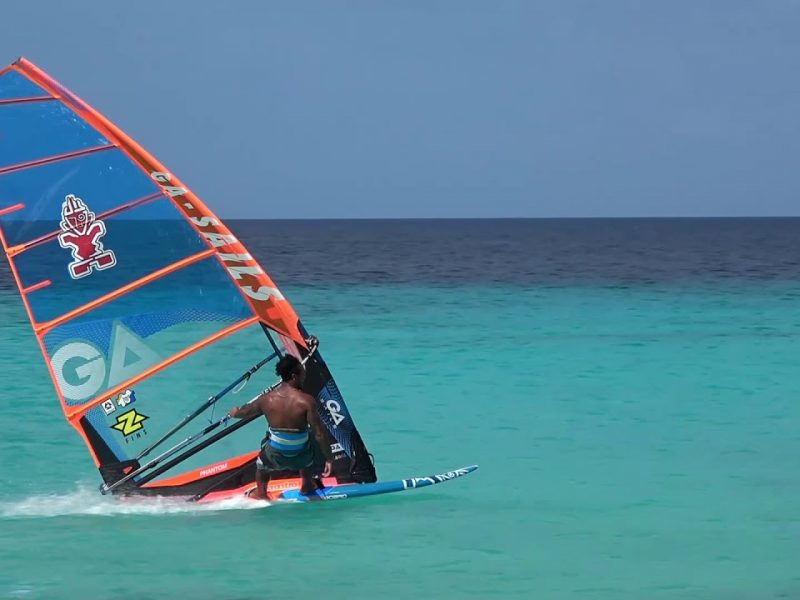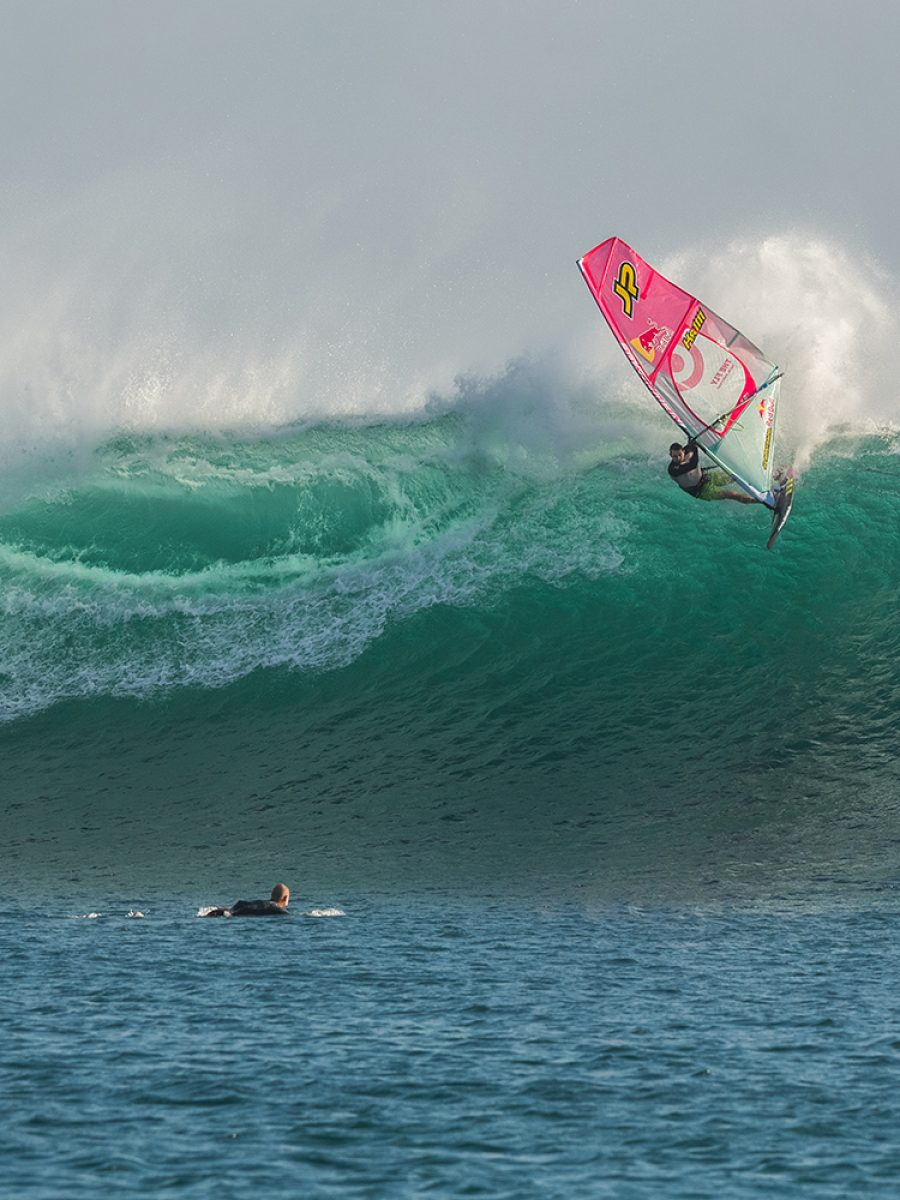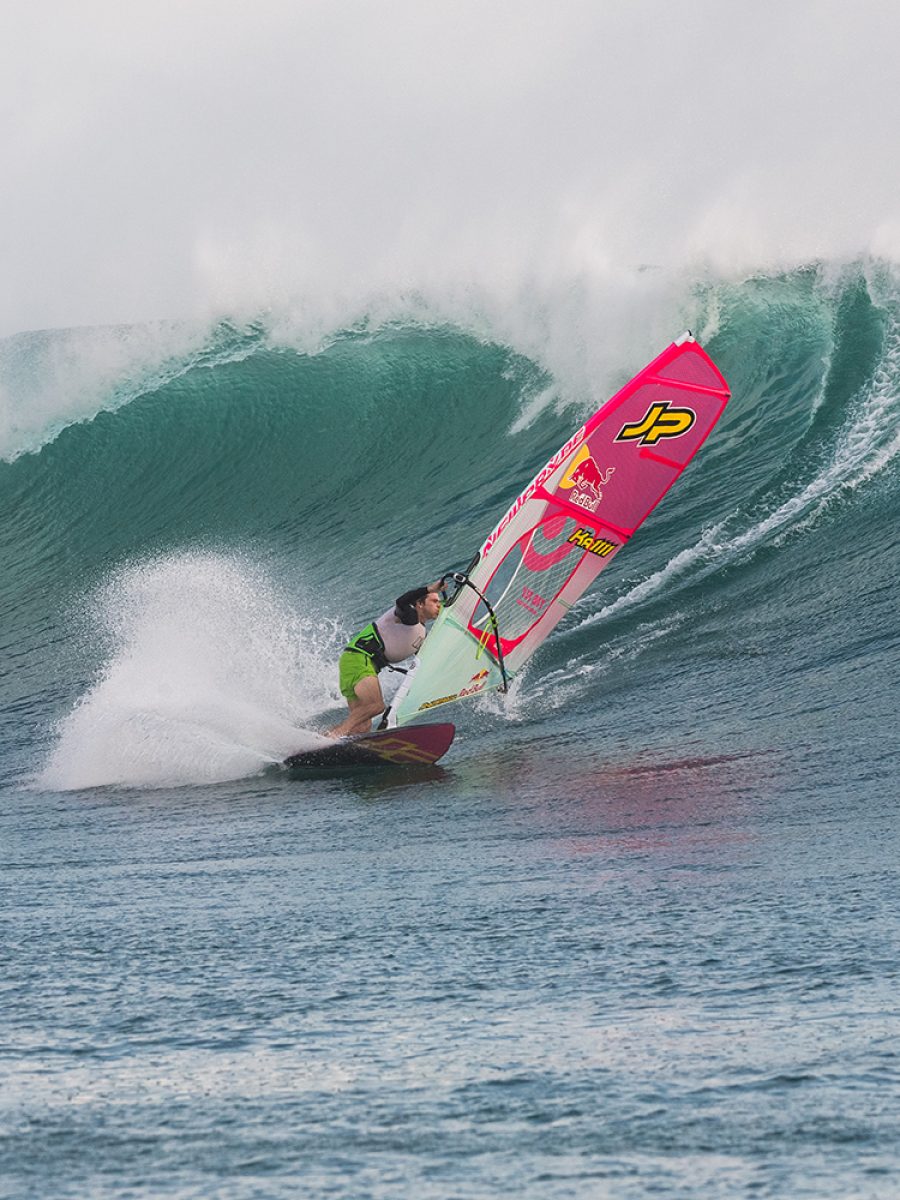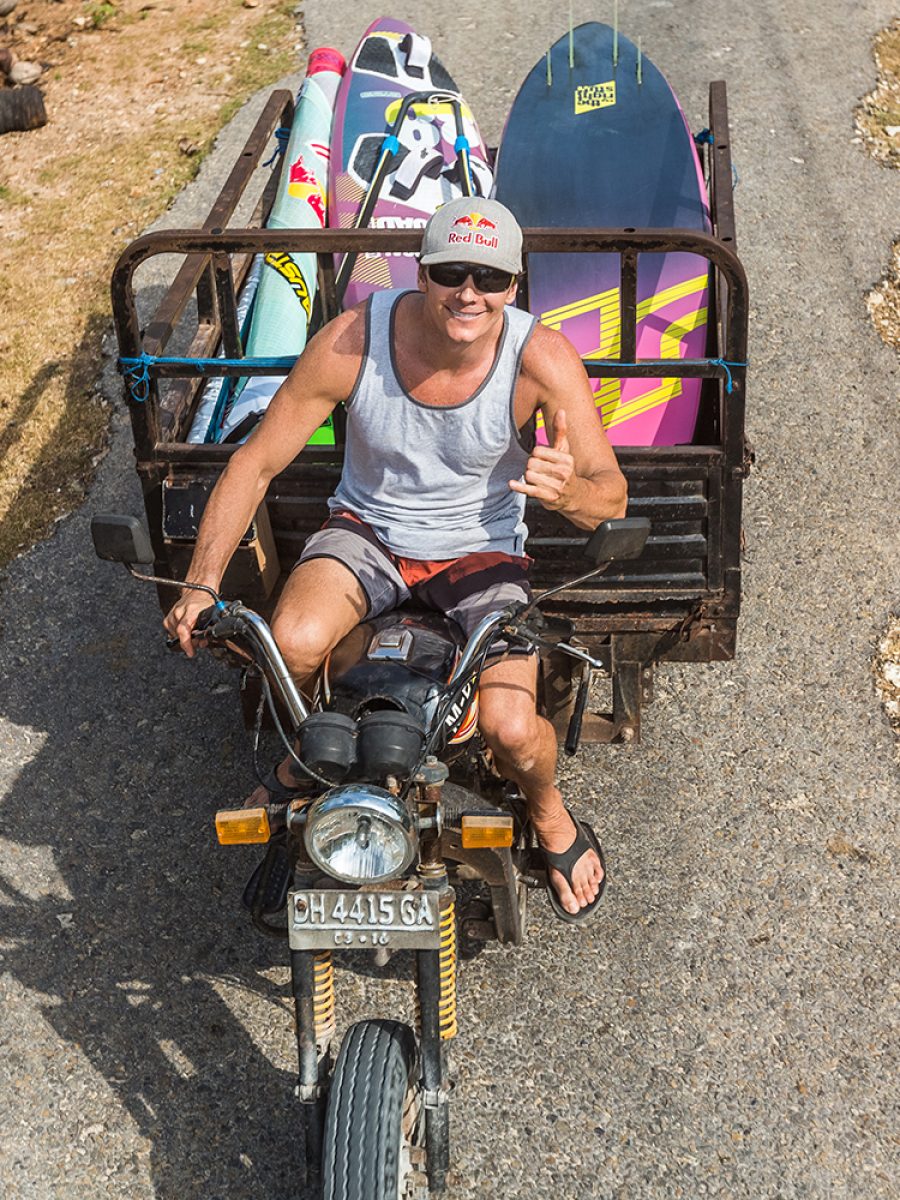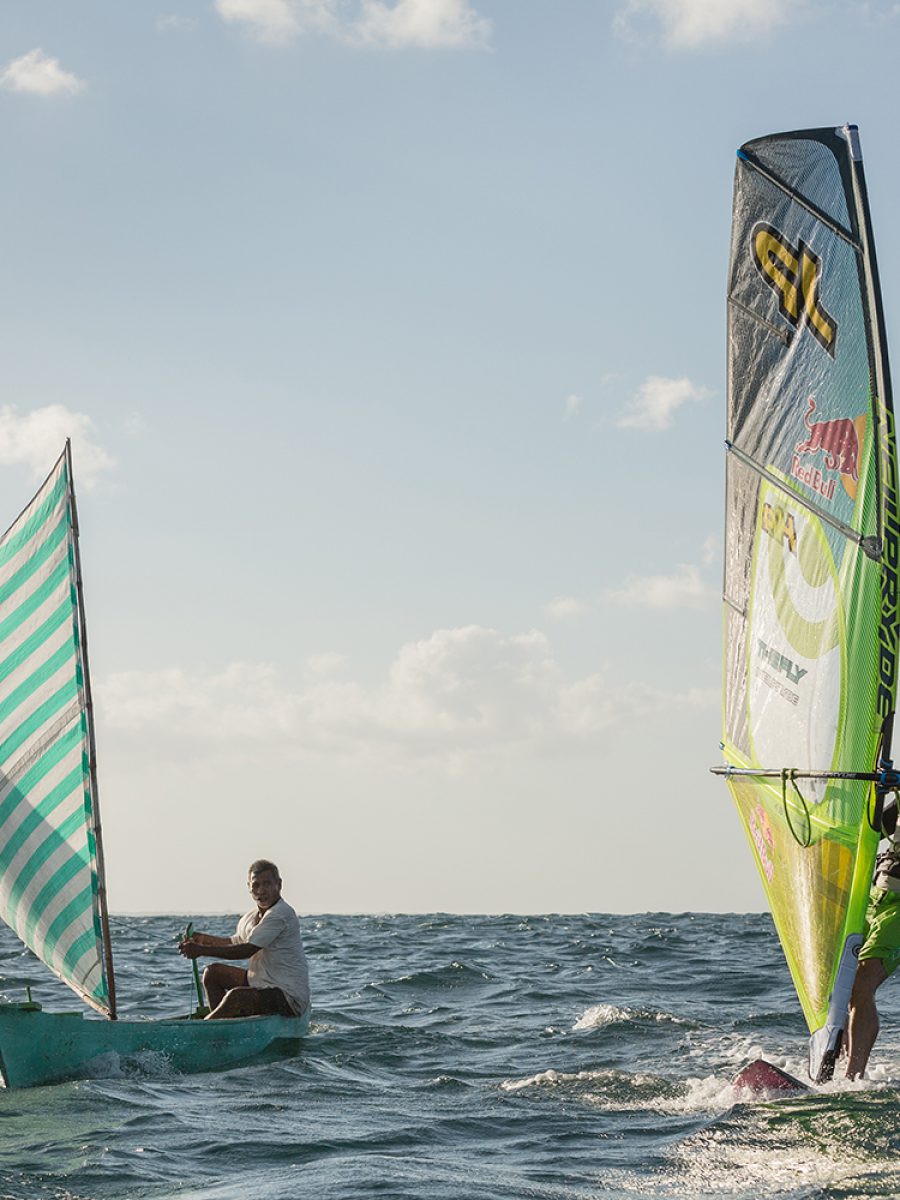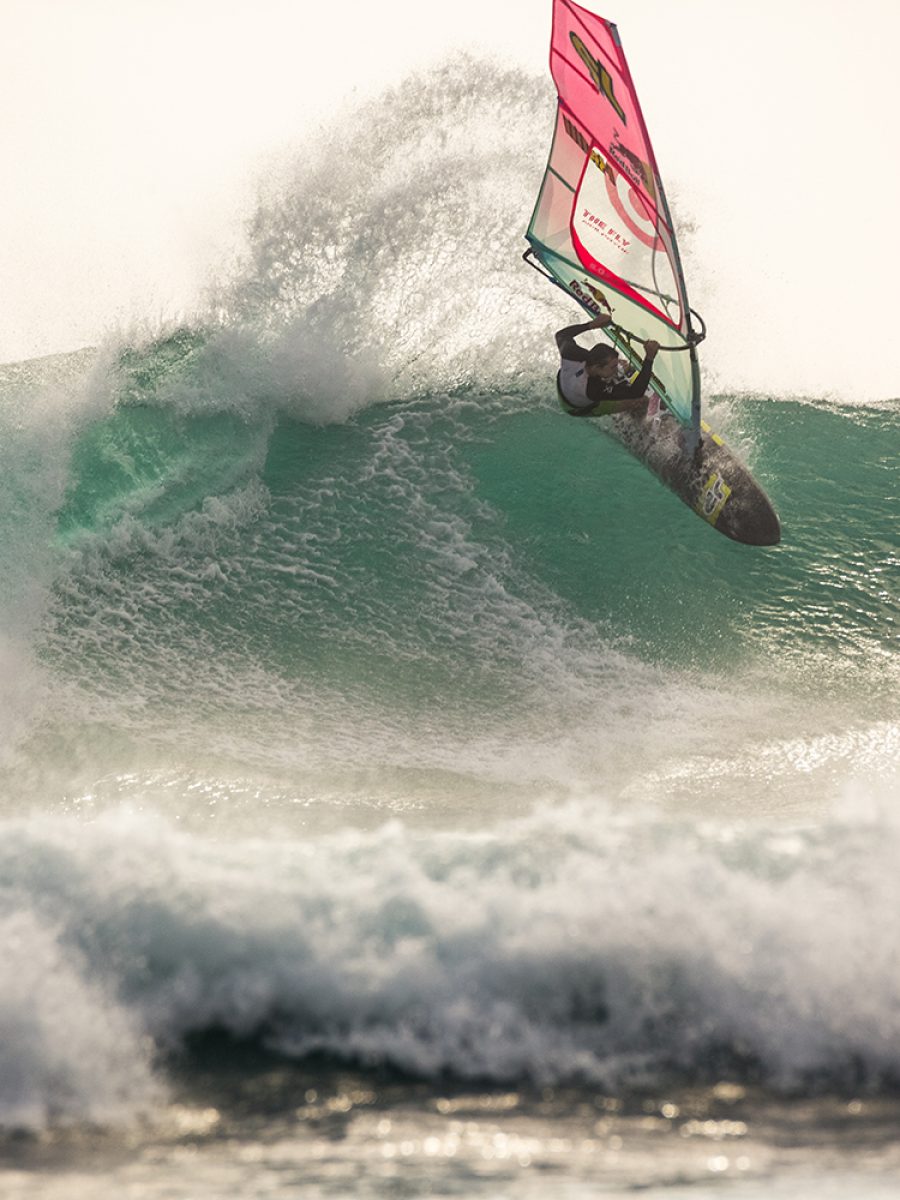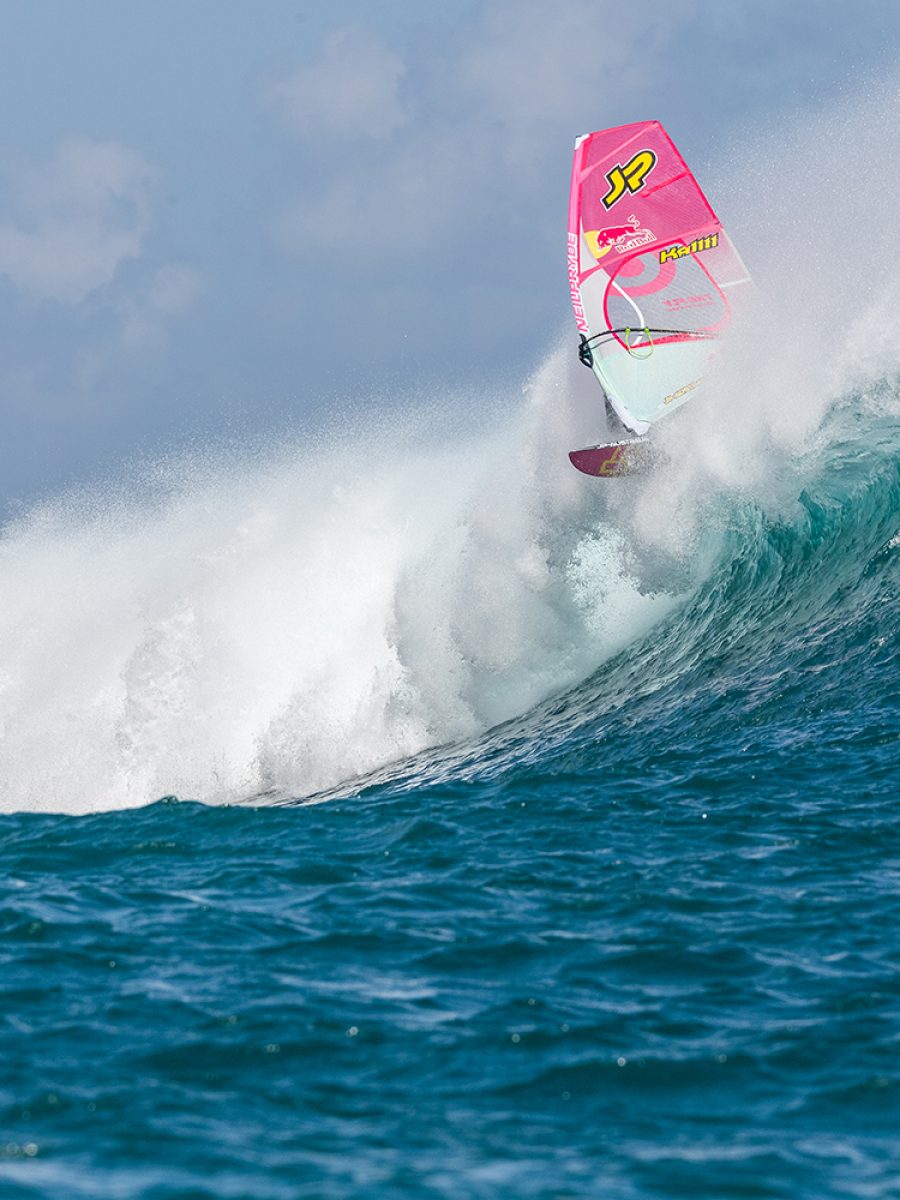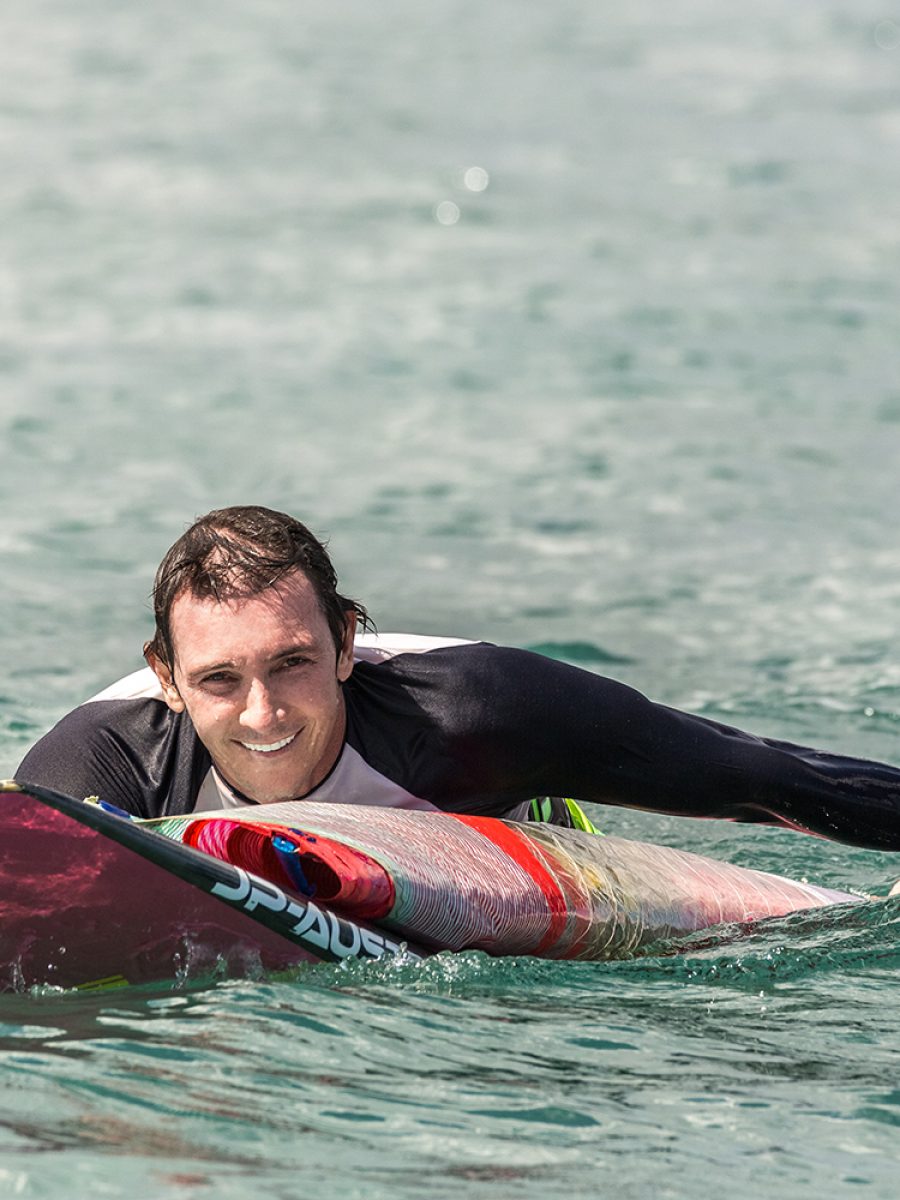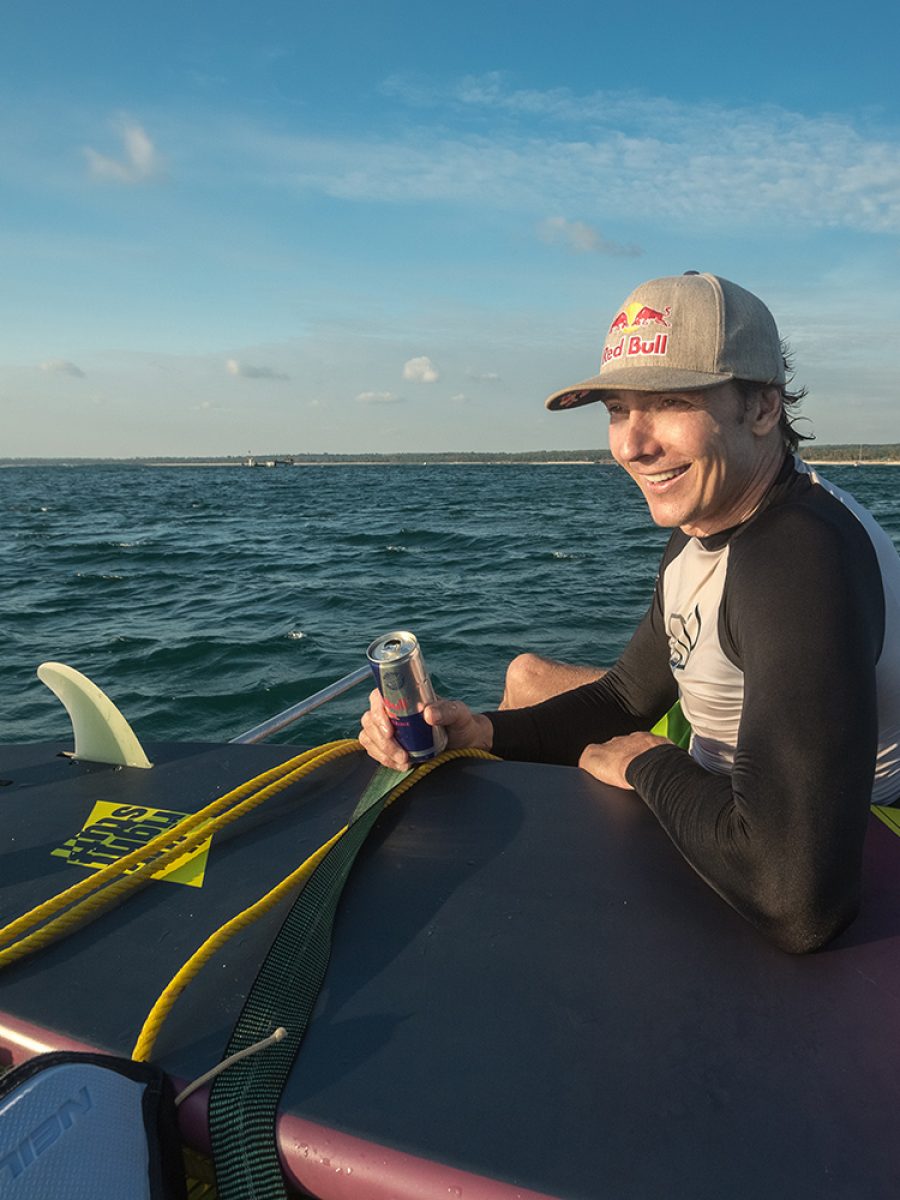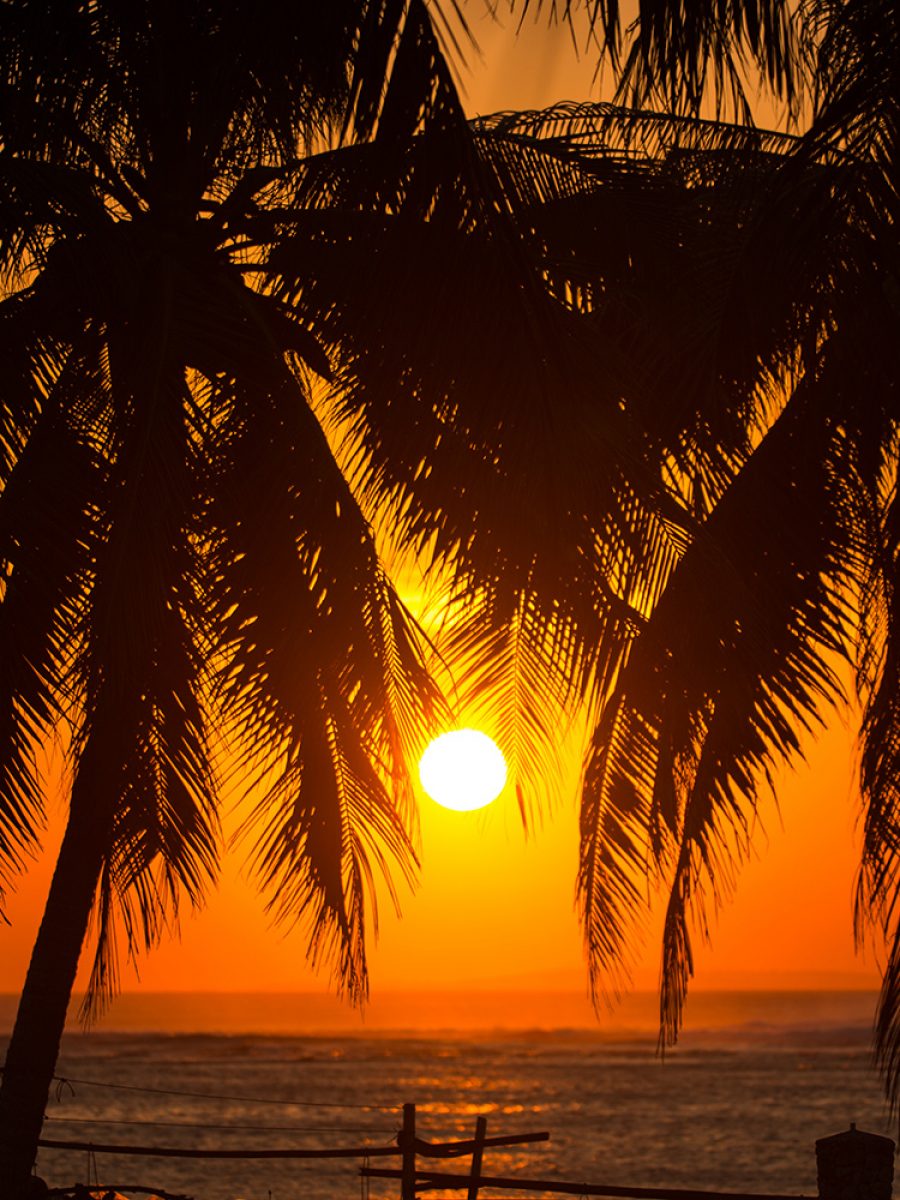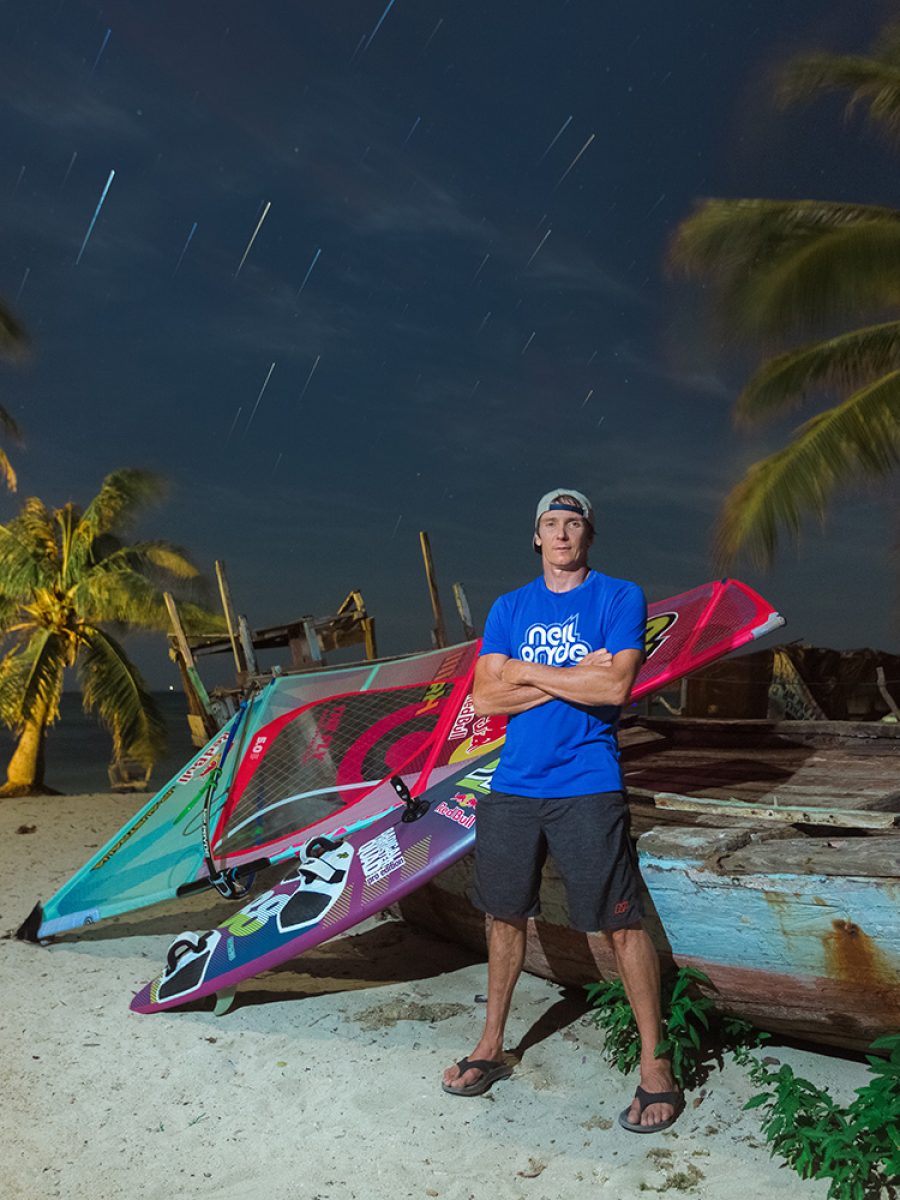AFFAIRS OF THE HART - I FEEL I CAN FLY
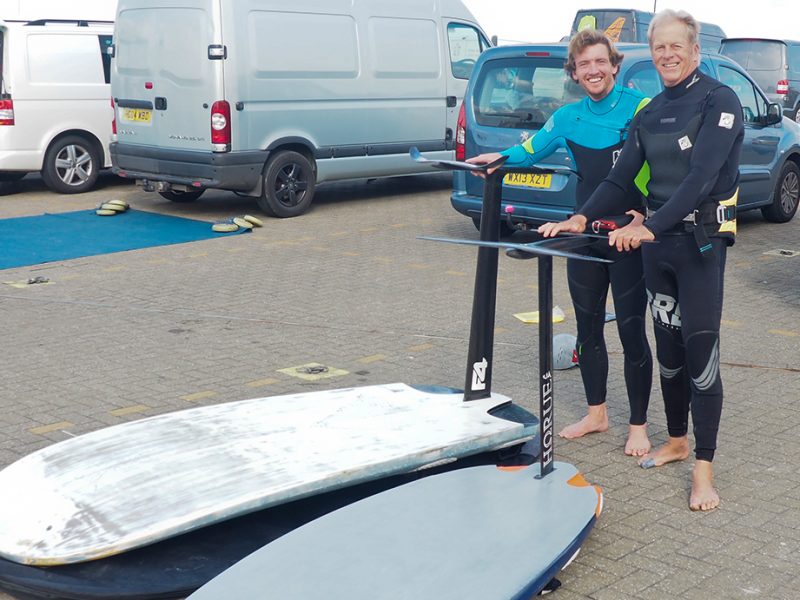
Harty joins in the foiling love-fest.
I flirted with dinghy sailing as a lad but didn’t get on too well at the local sailing club which seemed to hate children. I found it a bit dull. The most exciting boat at our club was an Enterprise, which must have done very nearly 5 knots if you lifted the centreboard. But then a couple of summers ago I was invited to the Moth world championships at Hayling Island. The Moth, I’m sure you know, is a ridiculously high performance full carbon, single man foiling dinghy.
Moth races were usually held in sheltered waters because they’re so lively. But here they set the courses on the open sea. And as anyone who knows the area will testify, the waters beyond the Winner bank are especially confused – and made even more so by 20 knots + of south westerly wind.
Amidst the carnage there was skill on another level as the leaders, mainly Kiwis and Aussies, tacked and gybed on the foils. My friend Matt explained a bit about the technique. The skipper not only had to constantly adjust the Wang, the Cunningham and the main sheet to control power all while being out on the wing, he also had a twist grip on the rudder to adjust the pitch of the foil to try and keep nose and stern level.
That’s what I LOVE about windsurfing, I said – it’s SO much more simple – so much less rope and tweaking and general hardware. And then when a competitor came in with a foil shattered on the sandbank (replacement cost 4k), I also mentioned it is SO much cheaper.
So if you’d told me that in two years time I’d be scouring EBay desperate for a wide Formula type platform into which to stick my new foil, I would have politely told you where to stick your fuselage. But that’s what I’m currently doing.
Initiation
The Tipping Point is an interesting concept. What is that suddenly makes things ‘tip over’ into epidemics? Foiling windsurfing has been rumbling away in the background for years. One of the earliest and most iconic books, ‘The Wind is Free’ by Ken Winner from 1980, carries a picture of the author on a crude foil attached to the bow.
Rush Randall and Antoine Albeau are just 2 of the elite who have been playing with foils since 2000.
In October last year I put a 30 second clip up on YouTube of me flying the Ifoil – it’s a bespoke, totally out there, one metre wide foiling board with a central surface running foil and fore and aft stabilisers built by design guru Linton. By the evening it had 30,000 hits and a host of enquiries.
The damn had apparently burst and it was clear that the interest in foiling in general was supersonic. Perhaps it’s a perfect storm – rabid interest in Ben Ainslie and the America’s Cup, free-ride windsurfing stagnating slightly and windsurfers in general keen to steal the hype limelight away from kiting. I was asked a hundred times whether it was a genuine option? Was it worth an investment? Would interest turn into genuine sales and mass participation?
I didn’t know – I hadn’t done it properly yet.
Speed Trials
I met up with foiling expert Sam Ross down at the Weymouth Speed trials in October. I wasn’t under any illusions. It was going to be hard. A month before at the NWF at Hayling, we’d watched freestyle world champion Dieter van Eyken, no slouch on a board, have his first foiling attempt and get blown out of the water in no more than 15 knots of wind. But as Sam pointed out, it was swelly, which makes it a lot harder.
Weymouth that day was cursed by an easterly blowing out of the harbour. The place was Chop Central and it was 20 knots plus.
The details were varied and gory but three incidents have since informed my opin-ion about this latest branch of our sport.
Sail Size. On the speed course that day the favoured size was 7.8s and more. For foiling I was on a 6.0 cam-less sail and it was too much. Ever since I gave up racing (or it gave up me) I’ve raised a middle finger to monster sails, which threatened to erode what was left of my cartilage.
These days I love the light, flicky rigs that place so little strain on the joints.
The prospect of being able to fly in 10 knots or less using a wave sail is supremely attractive.
Technical. OK – so you’re flying along and all is quiet, serene and vaguely spiritual – now what? At Portland recently I was about to launch when Tom Squires, top RSX racer, flies in using a 5.2 in about 11 knots and gybes fully on the foil all the way round. That was good. But on the next run, he tacks. Now that was insane! A metre off the water, he cracks it over to windward, sails into wind and just keeps going and going still on the foil, then whips around the mast and only touches down for a second before lifting off again having made about 60 metres. That’s really technical, athletic and spectacular and I want to do it.
Catapult. Back to reality. Within 10 minutes of getting on Sam’s foil I had catapulted and been blasted out of the water more times that I care to count. My instincts were wrong. As I rose, I backed off the power and leaned on the back foot – wrong! That loads up the foil and boom … over you go. However counter-intuitive it feels, you have to bully yourself into controlling lift by standing tall on the front foot.
Being a beginner again was (is) SO exciting. If you’re prepared to leave your ego in the bin, you can have a lot of fun with this thing.
And what say the naysayers?
Well they’re bloody sharp. Gruesome pics are already appearing on FaceTube of lacerated feet. So wear boots and remember not to kick it.
But the major restriction is water depth. You need a good 5-6 feet. My favoured spot, Chichester Harbour, is littered with shallow banks. I suppose one solution is to get that good that I never drop off the foil.
The gauntlet is laid …
PH 26th June 2017
Harty and Sam Ross before the inaugural launch. PHOTO Hart Photography
The post AFFAIRS OF THE HART – I FEEL I CAN FLY appeared first on Windsurf Magazine.
